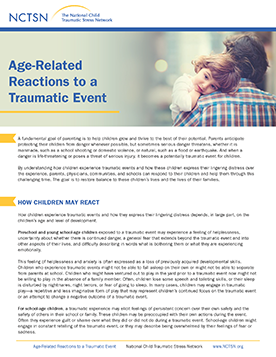
Age-Related Reactions to a Traumatic Event
Describes how young children, school-age children, and adolescents react to traumatic events and offers suggestions on how parents and caregivers can help and support them.
Extreme heat, or a heat wave, occurs when temperatures are substantially hotter and more humid than average for an area and usually lasts for multiple days to weeks. Because of this humidity, heat waves may feel hotter than the actual temperature, and this subjective experience is measured by the heat index. Extreme heat can be dangerous as the body must work extra hard to maintain a normal temperature and stay comfortable, putting vulnerable individuals at risk for becoming sick. Extreme heat may accompany drought conditions.
Being prepared beforehand is the best way to help children and family members adjust after extreme heat. To improve their preparedness, families should:
Knowing what to do during a period of extreme heat can help families stay safe. Families should:
After a period of extreme heat, most families will recover and be able to return to their normal routines rather quickly. Most children will demonstrate resilience after a heat wave. The greatest problems such as sleep issues and irritable mood tend improve quickly when the heat decreases. Those children who have experienced a loss of a loved one or pet will need additional grief support to help them adjust.
Below are resources to support children, families, and communities to recover after extreme heat.

Describes how young children, school-age children, and adolescents react to traumatic events and offers suggestions on how parents and caregivers can help and support them.

Ofrece ideas de actividades para padres y cuidadores cuyas familias se están refugiando en el lugar, sin electricidad y recuperándose de un huracán u otro evento.

Helps child welfare agencies support children and youth during and after natural disasters. This toolkit is for child welfare staff, supervisors, and administrators who work with and on behalf of children, youth, and families who experience a natural disaster.

Helps juvenile justice agencies support children and youth during and after natural disasters. This toolkit is for juvenile justice staff, supervisors, and administrators who work with and on behalf of children, youth, and families who experience a natural disaster.
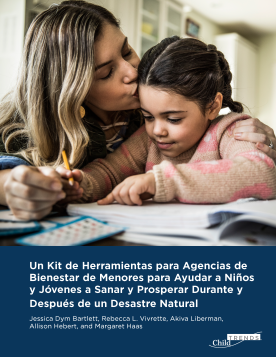
Ayuda a las agencias de bienestar infantil a apoyar a los niños y jóvenes durante y después de los desastres naturales.
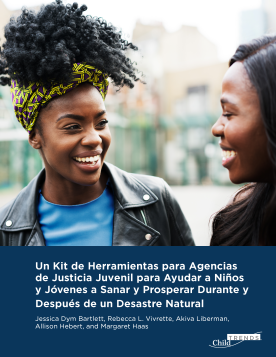
Ayuda a las agencias de justicia juvenil a apoyar a los niños y jóvenes durante y después de los desastres naturales.

Offers activity ideas to parents and caregivers whose families are sheltering in place, evacuating their homes, or social distancing due to any type of disaster or event.
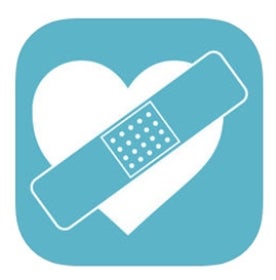
Helps parents talk to their kids about the disasters they may face and know how best to support them throughout—whether sheltering-in-place at home, evacuating to a designated shelter, or helping your family heal after reuniting.
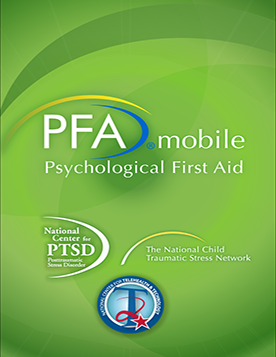
Lets responders review PFA guidelines and assess their readiness to deliver PFA in the field.
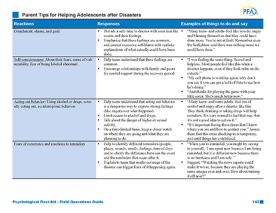
Is a handout from Psychological First Aid Field Operations Guide (PFA). This handout provides parents with common reactions after a disaster, ways to respond to those reactions, and examples of things you can say to your adolescent.

Is a handout from Psychological First Aid Field Operations Guide (PFA). This handout provides parents with common reactions after a disaster, ways to respond to those reactions, and examples of things you can say to your infants or toddlers.
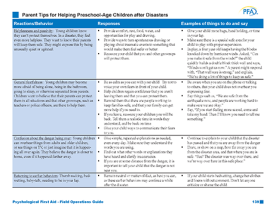
Is a handout from Psychological First Aid Field Operations Guide (PFA). This handout provides parents with common reactions after a disaster, ways to respond to those reactions, and examples of things you can say to your preschool-age child.